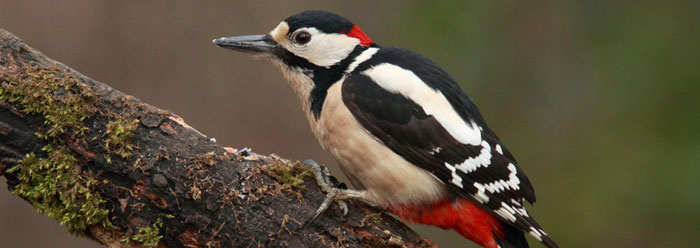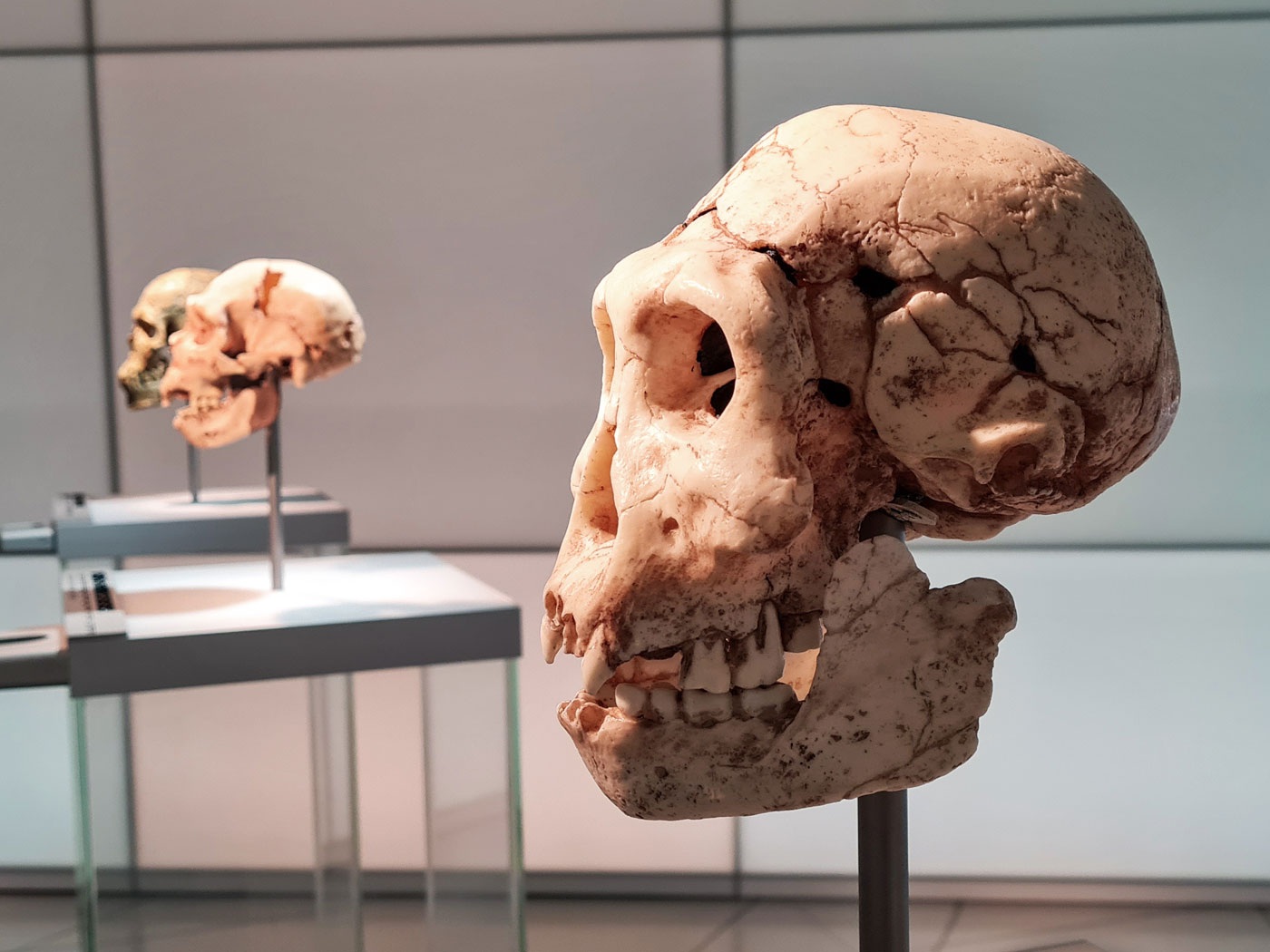What do the Tokyo railway system and slime mold have in common?
Answer: They both employ optimized networks. Researchers found that slime mold growth algorithms are so well-designed that they could be copied and used to improve computer and communication networks.
When conditions are good, the huge, single-celled slime mold spreads out in search of nutrients. Then when conditions sour, it thins out in spots to form veins that connect food sources to its main body using the shortest possible routes. These veins and the slime mold are in constant motion to make the best use of the changing environment.
Researchers tested this by arranging oat flakes in the same pattern as cities around Tokyo. They watched as the slime mold “connected these oat flakes by forming an optimized network closely approaching the purposefully designed Tokyo railway system.”1
The research was summarized in the January 22, 2010, issue of Science. A report on the study stated that “ self-organization, self-optimization, and self-repair as it naturally occurs in the slime mold Physarum polycephalum are capabilities that may be required for technological systems such as mobile communication networks or networks of dynamically connected computational devices.”1 But how did an algorithm that was applied in Tokyo by the “purposeful design” of human engineers come about in slime mold “naturally”—especially since the natural version is adaptive, and the man-made version is static?
The technical report in Science stated, “Unlike anthropogenic infrastructure systems, these biological networks have been subjected to successive rounds of evolutionary selection and are likely to have reached a point at which cost, efficiency, and resilience are appropriately balanced.” In addition to balancing the needs of cost, efficiency, and breakdown-resistance better than man-made systems, slime mold networks also “develop without centralized control and may represent a readily scalable solution for growing networks in general.”2
The researchers hope that their mathematical model based on the slime’s “adaptive self-optimization” will lead to the improved engineering of man-made networks.1 Their speculative “just so” story that this superior ability came about through “successive rounds of evolutionary selection,” however, is not a scientific conclusion, because its origin was not observed and therefore must be inferred.
Nature abounds with evidence of superior engineering. Even lowly slime mold provides a great example of complicated problem-solving abilities that, although they exist in nature, had to have come from a source outside of nature—since nature by itself is universally characterized by processes that degrade abilities instead of generating them.3 The Bible provides just such an informational source: a transcendent Creator. “For the invisible things of him from the creation of the world are clearly seen, being understood by the things that are made, even his eternal power and Godhead; so that they are without excuse.”4
References
- Marwan, W. 2010. Amoeba-Inspired Network Design. Science. 327(5964): 419-420.
- Tero, A. et al. 2010. Rules for Biologically Inspired Adaptive Network Design. Science. 327 (5964): 439-442.
- For example, see Wood, T. C. 2002. The Terror of Anthrax in a Degrading Creation. Acts & Facts. 31 (3).
- Romans 1:20.
* Mr. Thomas is Science Writer at the Institute for Creation Research.
Article posted on January 29, 2010.
























